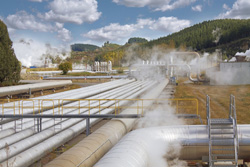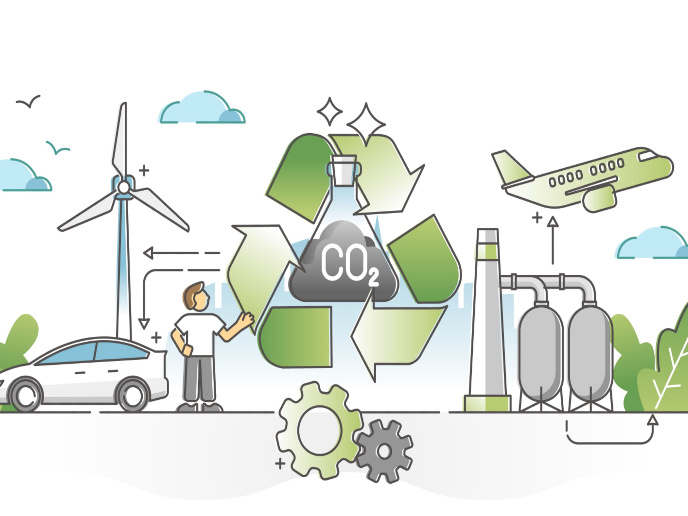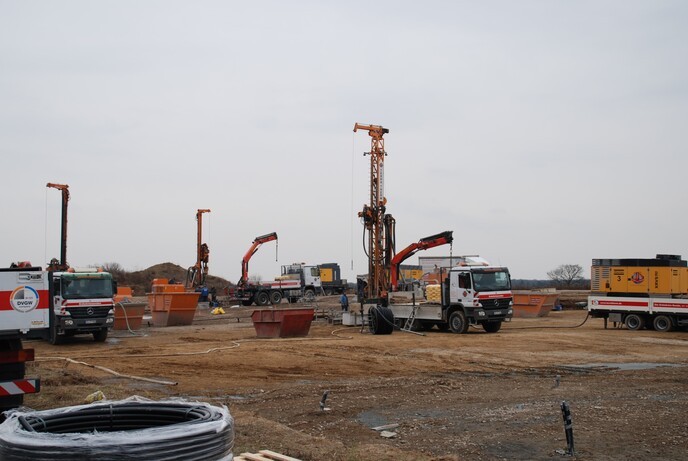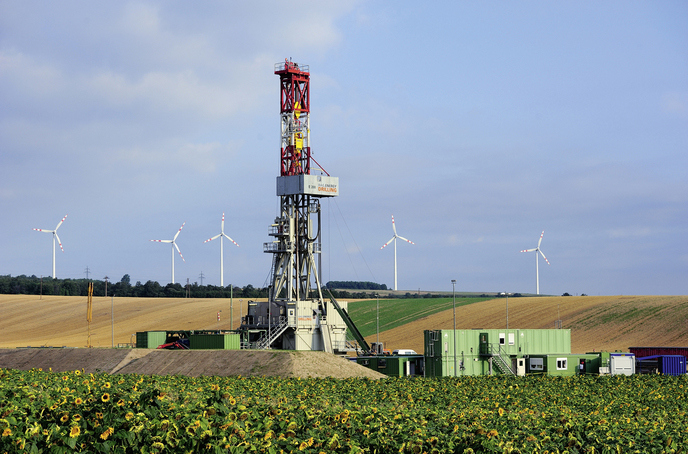Cost-effective energy from the Earth’s crust
Below the Earth’s crust is a layer of hot, molten rock called magma that continually (sustainably) produces heat. The energy is most easily tapped at volcanic sites often located near tectonic plate boundaries where the ‘cracked’ earth allows the heat to escape and form so-called hot spots of very high underground temperatures that heat local fluids and produce steam. The ‘Integrated geophysical exploration technologies for deep fractured geothermal systems’ (I-GET) project was designed to develop innovative geothermal exploration methods to minimise the exploration and drilling costs that account for 60 % of total investment in a geothermal facility. In order to develop appropriate models that enable detection of fluids and/or steam prior to drilling, the researchers evaluated exploration methods used at the Travale test site in Italy, the Hengill volcanic site in Iceland and the Gross Schoenebeck geothermal research well in Germany. I-GET researchers used a combination of seismic profiles, magnetotelluric (MT) data, transient electromagnetic (TEM) soundings and geophysical measurements to produce reservoir models. The models enabled enhanced understanding of the geothermal processes and a three-dimensional (3D) model of the resistivity structure (inversely related to its ability to conduct heat) of the Hengill reservoir that revealed deep conductors (3–9 km) under the geothermal system. The investigators complemented the field studies with experimental rock physics studies simulating high pressures and temperatures of the reservoirs and controlled source audio-frequency magnetotellurics (CSAMT) measurements. Integrating experimental and theoretical data, the team created resistivity and structural maps of the areas of interest for geothermal investigations indicating lower resistivities (higher heat conduction capability) in central and southeastern parts of the region. I-GET has successfully developed models enabling identification of geothermal regions with high heat conductivity potential without the need for drilling. Given that drilling and exploration accounts for more than half of the investment cost of geothermal energy facilities, application of the results has the potential to significantly enhance the economic competitiveness of sustainable geothermal energy. Associated benefits extend to European employment, consumer costs and the environment.







